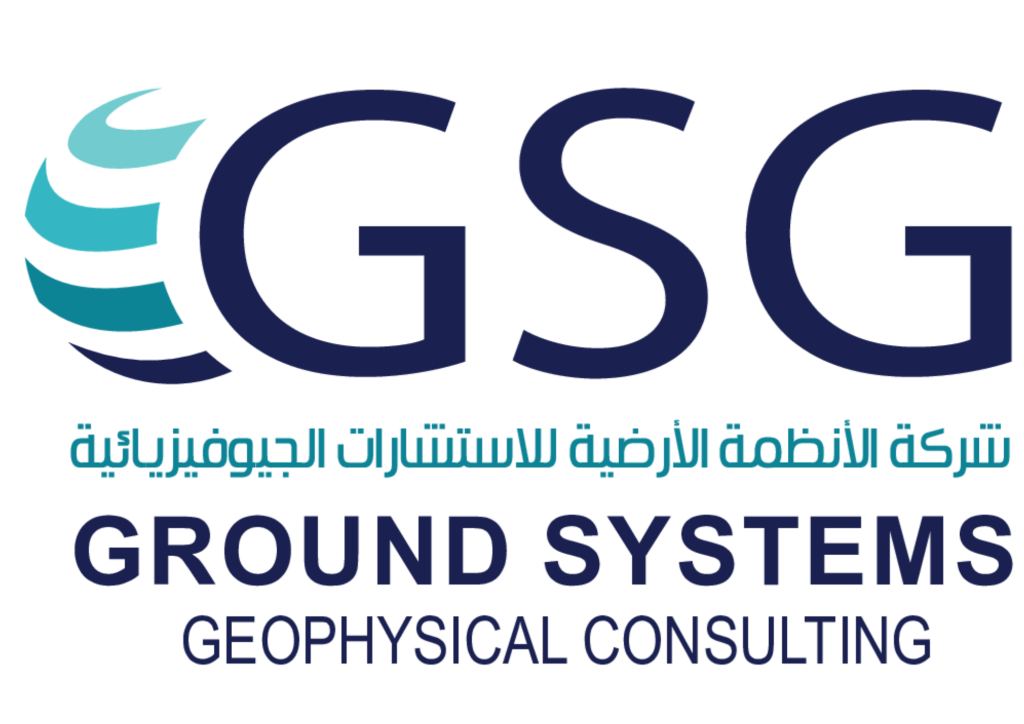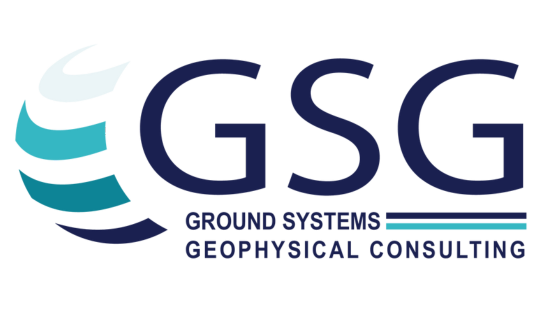
The Fundamentals of Applied Geophysics
What is Applied Geophysics?
Applied geophysics is the branch of geophysics that focuses on the practical application of physical principles to study the Earth’s subsurface. It is widely used in industries like mining, construction, environmental studies, and resource exploration.
Key Techniques in Applied Geophysics
Seismic Methods
Seismic methods involve sending sound waves into the ground and analyzing their reflections to map subsurface structures. These methods are particularly useful in oil and gas exploration.
Magnetic Methods
Magnetic surveys measure variations in the Earth’s magnetic field to detect mineral deposits and geological formations. This technique is commonly used in mining and archaeological studies.
Electrical and Electromagnetic Methods
These methods involve measuring the electrical conductivity of the ground. They are essential in groundwater exploration and detecting contaminants in the soil.
Applications of Applied Geophysics
Resource Exploration
Geophysics plays a critical role in locating and quantifying natural resources like oil, gas, minerals, and groundwater. By providing detailed subsurface maps, it helps in efficient resource extraction.
Environmental and Engineering Studies
In environmental studies, geophysics is used to monitor contamination and assess soil stability. For engineering projects, it helps in foundation analysis and identifying potential hazards.
Why Choose Geophysics?
The interdisciplinary nature of geophysics makes it a versatile tool for solving complex problems. Its applications span across industries, making it a valuable field for addressing modern challenges.
Learn more about our geophysical expertise on our services page.



